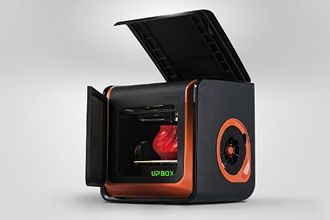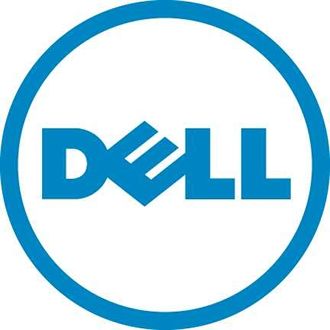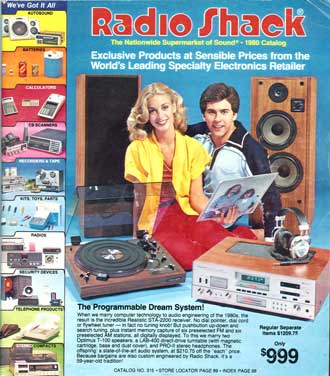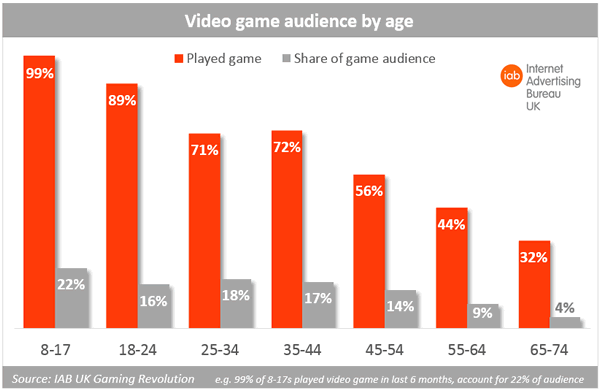 Gadget repair firm iFixit has voided the warranty on an iPhone 6 to see what was under the bonnet and found that it would be a major headache to repair.
Gadget repair firm iFixit has voided the warranty on an iPhone 6 to see what was under the bonnet and found that it would be a major headache to repair.
Apparently to get inside you have to extract two proprietary Pentalobe screws, and then lever the entire front display assembly away from the rest of the body with a suction cup, being careful not to rip the TouchID sensor wire clean off. Apple clearly does not want anyone looking inside or fixing it themselves.
The battery is bigger than previous iPhones — it has a 2915mAh battery, which is nearly double the 1560mAh cell in the iPhone 5S. However, it smaller than most Phablets, which means that it lacks the juice of its rivals. The Galaxy Note 3 has a 3200mAh up its sleeve.
The iPhone 6 also has a disappointing 1GB of RAM. Most high-end Android phones have 2-3GB.
iFixit technicians also discovered a Murata (6981.T) wifi module, a Broadcom touchscreen controller, and chips from Skyworks, Avago and TriQuint.
The phones are Apple’s first to include NFC radio chips used for the new Apple Pay mobile payment platform. The NFC chip in the iPhone 6 Plus comes from NXP Semiconductors (NXPI.O).
NXP also supplies a motion co-processor, key to making the iPhone’s sensors work without draining its battery.
As in other iPhones, Apple has designed its own main processor with technology licensed from ARMand in this device it is the A8 chip.
The iPhone 6 Plus opened by iFixit also included a NAND flash memory chip, used for storing music and photos, made by SK Hynix. Apple in the past has depended on multiple companies to supply its memory chips.



















